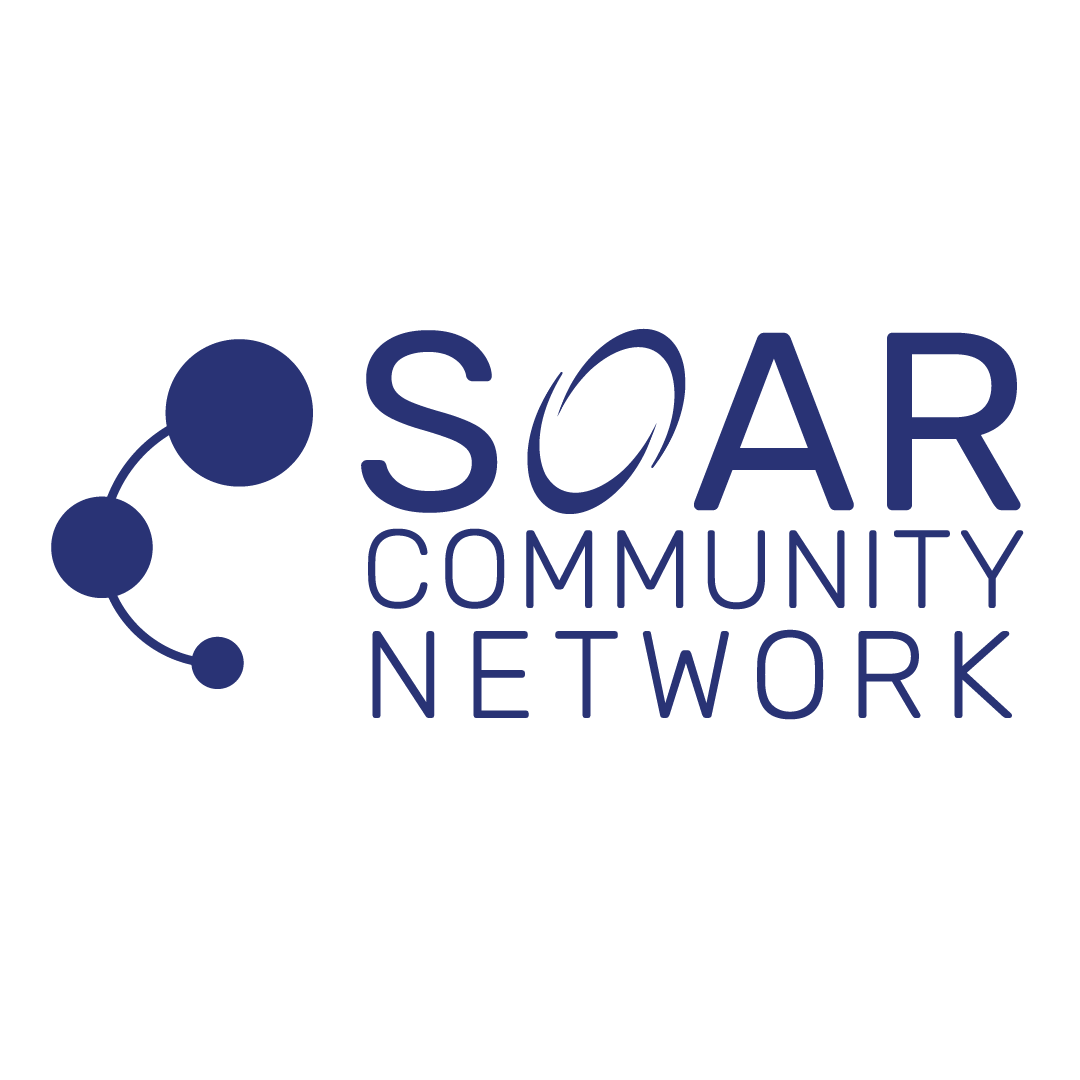Challenge:
Effective leadership is crucial for Community Development Financial Institutions (CDFIs) to achieve their mission and maximize their impact. However, many CDFIs struggle with developing strong leadership, which can hinder their ability to drive strategic growth and empower their teams. Let’s explore the challenges, the solutions, and the actions you can take to unlock the potential of your leadership team. Many CDFIs face significant obstacles when it comes to developing effective leadership:
- Identifying Leadership Gaps: Without a clear understanding of existing leadership gaps and needs, it’s challenging to design effective development programs. This lack of clarity can result in generic training that doesn’t address specific areas for improvement.
- Designing Targeted Leadership Programs: Even when leadership needs are identified, developing programs that effectively address these needs can be difficult. Leadership development requires tailored programs that focus on enhancing specific skills relevant to the organization’s goals.
- Fostering a Culture of Continuous Improvement: Leadership development is not a one-time event but a continuous process. Many organizations struggle to create an environment that encourages ongoing learning and development, which is essential for leaders to stay adaptive and effective.
Solution:
Addressing these challenges involves diagnosing leadership needs, designing targeted programs, and fostering a culture of continuous improvement. Here’s how:
- Identify Leadership Gaps: Use tools like Employee Experience surveys or 360 Evaluations to diagnose leadership gaps and needs. These tools provide comprehensive feedback from various perspectives, helping to identify specific areas where leadership skills can be improved. Understanding these gaps is the first step towards creating effective development programs.
- Design Custom Leadership Programs: Develop programs that up-level leadership skills based on the identified needs. Focus on areas such as strategic thinking, communication, and team empowerment. Tailored programs ensure that training is relevant and impactful, addressing the unique challenges faced by your leadership team.
- Foster a Culture of Continuous Improvement: Encourage ongoing learning and development by providing resources, mentorship, and regular feedback. This culture of continuous improvement helps leaders stay adaptive and effective. Continuous development initiatives ensure that leaders are equipped to handle evolving challenges and drive the organization’s strategic goals.
The Action:
Implementing these solutions involves specific actions that can be integrated into your organization’s practices:
- Conduct Leadership Evaluations: Use Employee Experience surveys or 360 Evaluations to gather comprehensive feedback on leadership performance. Analyze the results to identify specific gaps and areas for improvement. This data-driven approach ensures that development efforts are focused on the most critical needs.
- Develop and Implement Targeted Leadership Programs: Based on the evaluation results, design leadership development programs that focus on enhancing strategic thinking, communication, and team empowerment. Use a mix of training methods, including workshops, coaching, and e-learning, to cater to different learning styles and needs. Ensure that these programs are aligned with the organization’s strategic goals.
- Create a Continuous Learning Environment: Establish a culture that values continuous improvement by providing ongoing resources for leadership development. Offer mentorship programs where experienced leaders can guide emerging leaders. Regularly provide feedback and create opportunities for leaders to apply their skills in real-world scenarios. Encourage leaders to set personal development goals and track their progress over time.
Conclusion:
Unlocking the potential of your leadership team is essential for driving strategic growth and maximizing the impact of your CDFI. By identifying leadership gaps, designing targeted development programs, and fostering a culture of continuous improvement, you can build a strong and effective leadership team.
Our C3 Framework, designed to foster compassionate, cohesive, and collaborative cultures, provides the foundation for these solutions, ensuring long-term success and impact.

